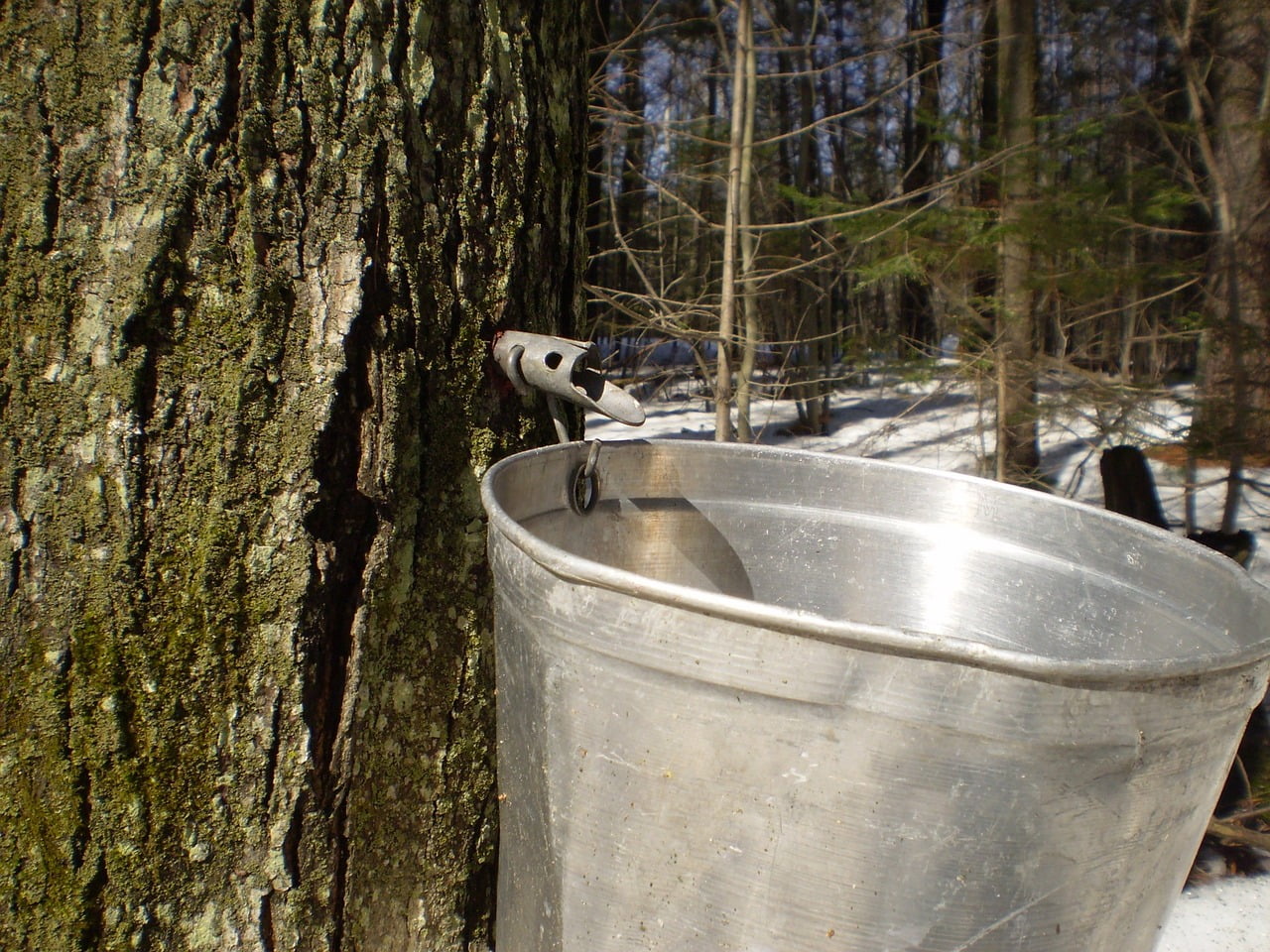
Sugar Maple and Planting: A Guide to Growing Your Own Beautiful Tree
Introduction
If you have a love for nature and gardening, there’s nothing more rewarding than growing your own trees. The sugar maple, scientifically known as Acer saccharum, is an excellent choice for tree enthusiasts. In this article, we will delve into the world of sugar maples, from the proper planting techniques to nurturing the tree as it grows. So, let’s roll up our sleeves and start planting!
Table 1: Outline of the Article
- Introduction
- The Beauty and Benefits of Sugar Maple Trees
- Choosing the Right Location
- Climate Considerations
- Soil Requirements
- Sunlight Needs
- Preparing for Planting
- Selecting Healthy Saplings
- Ideal Planting Time
- Planting Process Step-by-Step
- Digging the Hole
- Placing the Sapling
- Backfilling and Watering
- Mulching for Moisture Retention
- Caring for Your Sugar Maple
- Watering and Irrigation
- Fertilizing Tips
- Pruning for Optimal Growth
- Protecting from Pests and Diseases
- Appreciating the Growth
- Monitoring and Observing
- Celebrating Milestones
- Conclusion
- FAQs
The Beauty and Benefits of Sugar Maple Trees
Sugar maple trees are renowned for their striking beauty and vibrant colors during the fall season. Their leaves turn into a mesmerizing combination of red, orange, and yellow, creating a picturesque landscape. Beyond their visual appeal, sugar maples also offer several environmental benefits. They play a crucial role in reducing air pollution and improving air quality, making them excellent additions to urban and suburban areas.
Choosing the Right Location
- Climate Considerations: Sugar maples thrive in temperate climates, where they experience four distinct seasons. They prefer regions with cold winters and moderate summers, which is why they flourish in many parts of North America.
- Soil Requirements: These trees prefer well-draining soil with a slightly acidic to neutral pH. Avoid planting them in areas with heavy clay or waterlogged soil.
- Sunlight Needs: Sugar maples require ample sunlight to grow healthily and produce vibrant foliage. Choose a location that receives at least six hours of direct sunlight daily.
Preparing for Planting
- Selecting Healthy Saplings: When purchasing sugar maple saplings, opt for ones with a well-developed root system and disease-free leaves. Healthy saplings have a higher chance of successful transplantation.
- Ideal Planting Time: The best time to plant sugar maples is during the dormant season, which typically falls in late winter or early spring. Planting during this time allows the tree to establish its root system before facing harsh weather conditions.
Planting Process Step-by-Step
- Digging the Hole: Choose a planting site with enough space for the tree’s roots to spread comfortably. Dig a hole that is twice as wide as the sapling’s root ball and slightly shallower than its height.
- Placing the Sapling: Gently remove the sapling from its container and place it in the center of the hole. Ensure the top of the root ball is level with the surrounding soil.
- Backfilling and Watering: Fill the hole with soil, patting it down gently to remove air pockets. Water the sapling thoroughly to promote root establishment.
- Mulching for Moisture Retention: Apply a layer of organic mulch around the base of the tree to retain soil moisture and suppress weed growth.
Caring for Your Sugar Maple
- Watering and Irrigation: Keep the tree well-hydrated, especially during dry spells. Water deeply and infrequently to encourage the roots to grow deep into the soil.
- Fertilizing Tips: Sugar maples generally do not require excessive fertilization. However, if your soil lacks essential nutrients, consider using a balanced, slow-release fertilizer in the early spring.
- Pruning for Optimal Growth: Regular pruning helps shape the tree and eliminates dead or diseased branches, allowing for better air circulation and sunlight penetration.
- Protecting from Pests and Diseases: Monitor your sugar maple for any signs of pests or diseases. Apply appropriate treatments if necessary to protect your tree’s health.
Appreciating the Growth
- Monitoring and Observing: Take time to observe your sugar maple as it grows and adapts to its surroundings. Notice the changes in its leaves and overall appearance during different seasons.
- Celebrating Milestones: Celebrate significant milestones, such as the tree’s first bloom or its first fall foliage, by capturing pictures and sharing the joy with friends and family.
Conclusion
In conclusion, planting and nurturing a sugar maple tree can be an incredibly rewarding experience. Not only do these trees add natural beauty to your landscape, but they also provide numerous environmental benefits. By following the proper planting and care techniques outlined in this article, you can ensure your sugar maple thrives and becomes a lasting symbol of nature’s wonders.
FAQs
- Q: How fast do sugar maple trees grow?
A: Sugar maples can grow at a moderate pace, typically adding around 1 to 2 feet in height per year. - Q: Can sugar maples tolerate shade?
A: While they prefer full sunlight, young sugar maples can tolerate partial shade. However, they thrive best in sunny locations. - Q: Do sugar maples require special pruning?
A: Sugar maples benefit from light pruning to remove dead or crowded branches, but they generally do not require extensive pruning. - Q: Are sugar maples susceptible to any diseases?
A: Yes, some common diseases that may affect sugar maples include tar spot, leaf scorch, and verticillium wilt. - Q: Can I tap my sugar maple for maple syrup?
A: Yes, mature sugar maples can be tapped to extract sap, which can be boiled down to make delicious maple syrup.